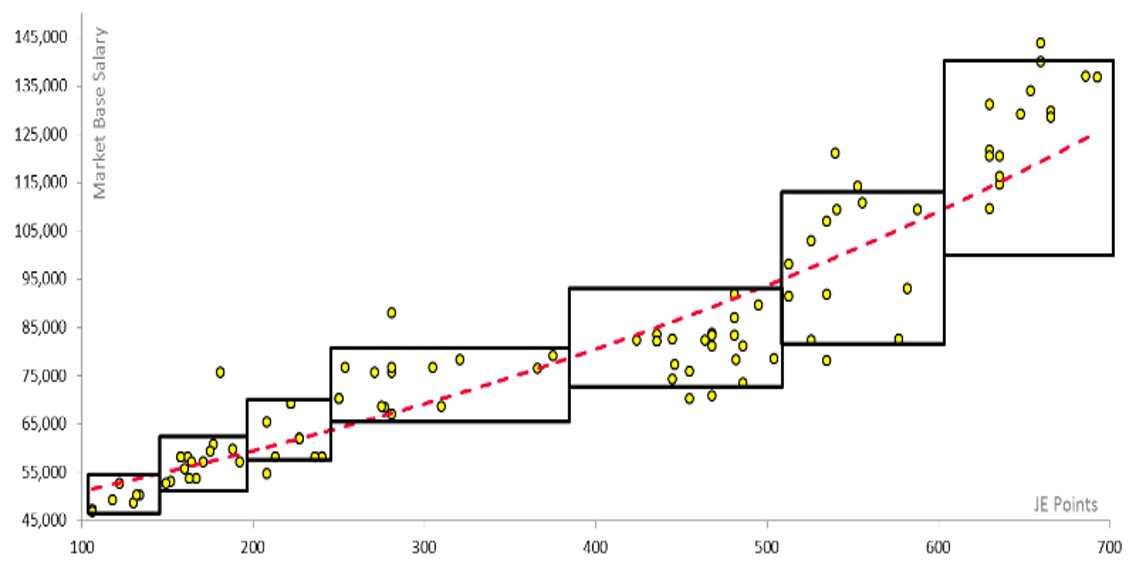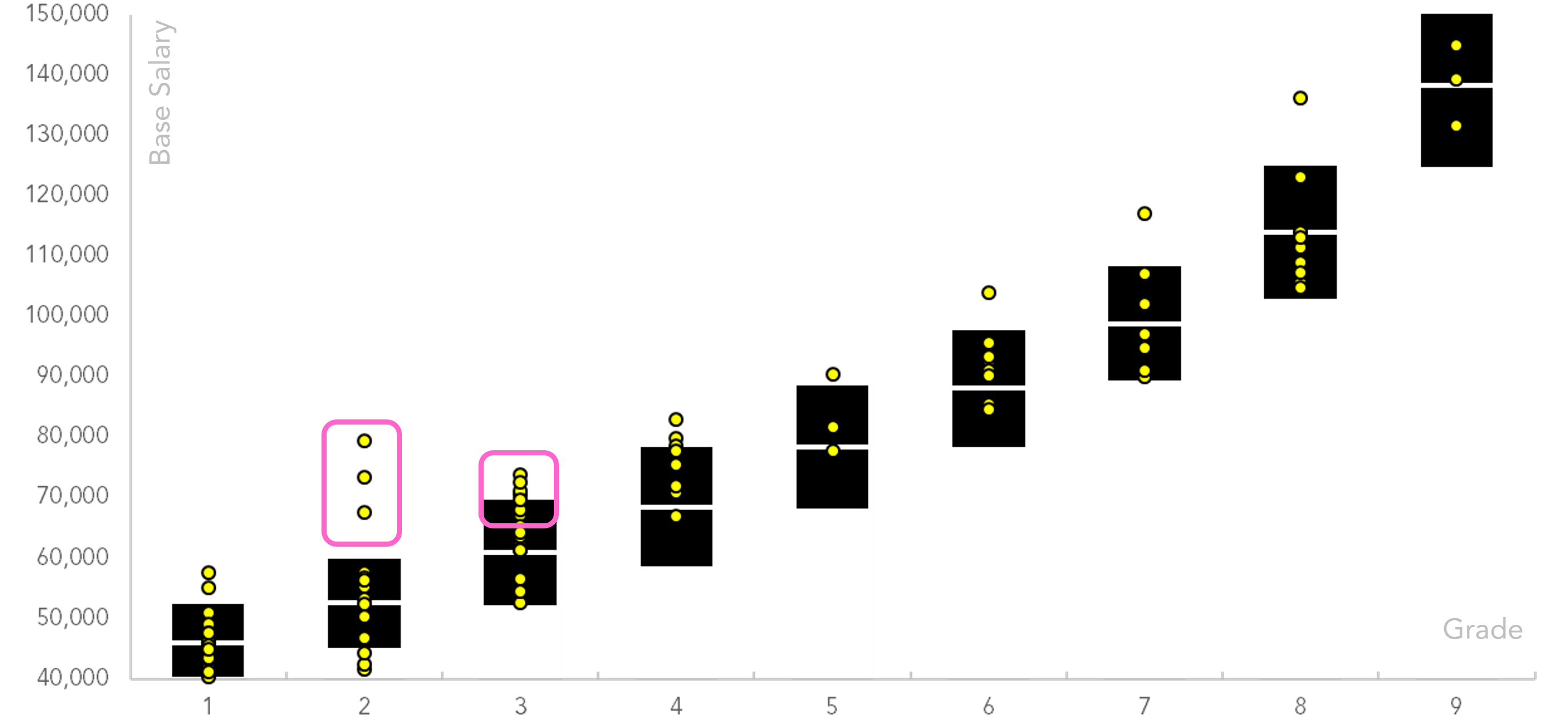Developing a salary system for the first time can be a daunting prospect. Reviewing and replacing an existing system has often proved to be an even more challenging proposition for many of our clients. Part of the problem, as with many remuneration and reward-related practices, maybe over-complication or the perception that it will somehow be a painful experience.
Having developed dozens of structures for clients over the years we can confidently say that it is not necessary to have an advanced degree in probability theory in order to develop an effective salary structure. Far more useful would be a clear understanding of what the salary system is intended to achieve in the first place – something that is strangely often overlooked.
Below we’ve shared insight into our approach to designing salary structures from the ground up. If you’d like to find out more about our suggestions for the ongoing maintenance of an existing salary system you can click here.





